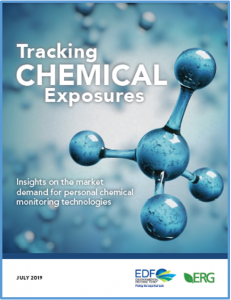Lindsay McCormick, Program Manager, and Tom Neltner, J.D., Chemicals Policy Director
See all blogs in our LCR series.
Update: On February 5, 2020, we submitted comments to the Environmental Protection Agency (EPA) on its proposal.
Through its proposed revisions to the Lead and Copper Rule (LCR) under the Safe Drinking Water Act (SDWA), EPA made the unprecedented move of proposing to require community water systems (CWSs) to test for lead in water at all schools and licensed child care facilities constructed prior to 2014. The current rule only requires testing if the facility is itself a regulated water system (e.g., uses own private well). While EDF fully supports testing in these facilities, we are concerned that EPA has overlooked several major issues, especially in the child care context.
Based on our experience – including a pilot project to test and remediate lead in 11 child care facilities, a training program for child care providers in Illinois, and monitoring of state child care testing requirements across the country – we believe that addressing lead in child care facilities is an important opportunity to improve public health. Though schools are also critical, we’ve focused on child care facilities as they present a major gap due to a number of reasons. First, children under the age of six are more susceptible to the harmful effects of lead – and those at the highest risk are infants who are fed formula reconstituted with tap water. Second, child care, especially home-based facilities, are often smaller operations than schools, and therefore more likely to have a lead service line. Finally, child care facilities often lack robust facility support and public accountability that schools may have.
From our background on this issue, we have identified three key flaws with EPA’s proposal. Specifically, it:
- Ignores lead service lines,
- Relies on inadequate sampling, and
- Does not provide sufficient support for remediation.
We also are concerned that the result of this proposed rule may sound like “one hand clapping.” If state licensing agencies and local health departments are not requiring or promoting testing, child care facilities are unlikely to cooperate, making it more difficult for CWSs to comply with the requirement. For this requirement to have greatest effect, CWSs need the support and participation of all parties involved.
This blog will provide an overview of EPA’s proposed requirement and an analysis of each of the key issues. Read More










